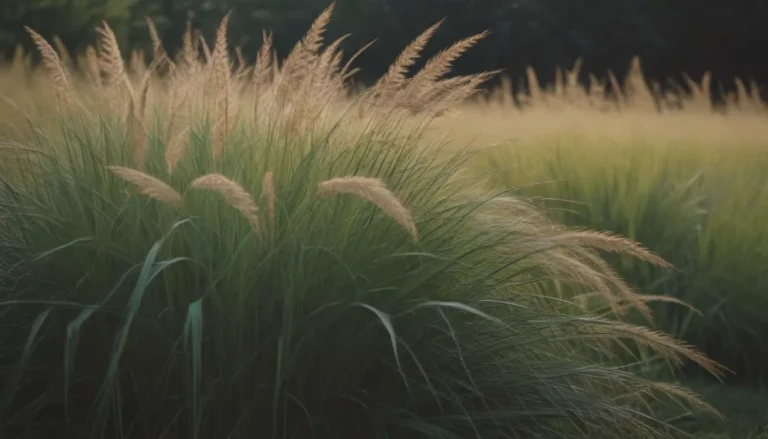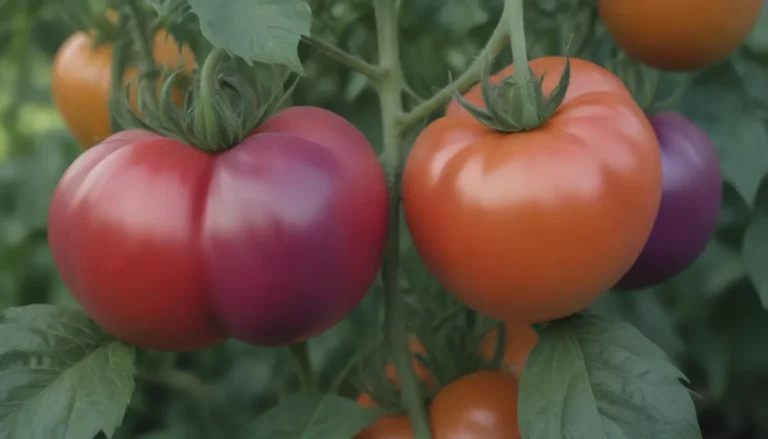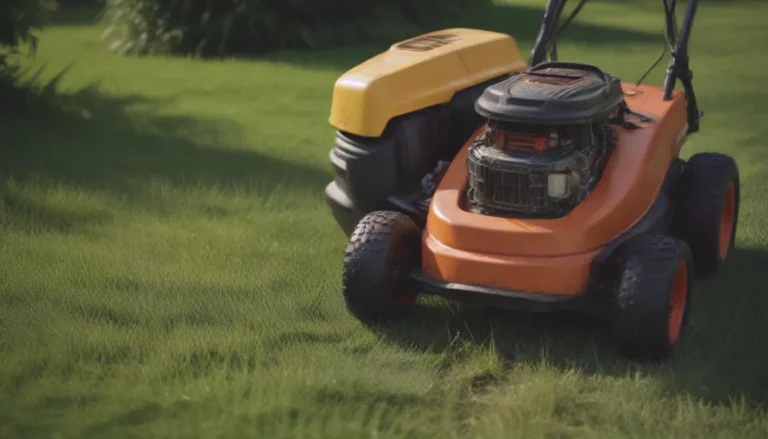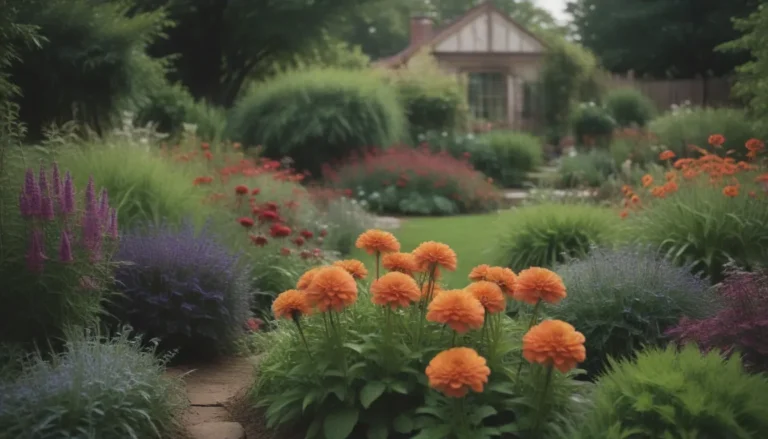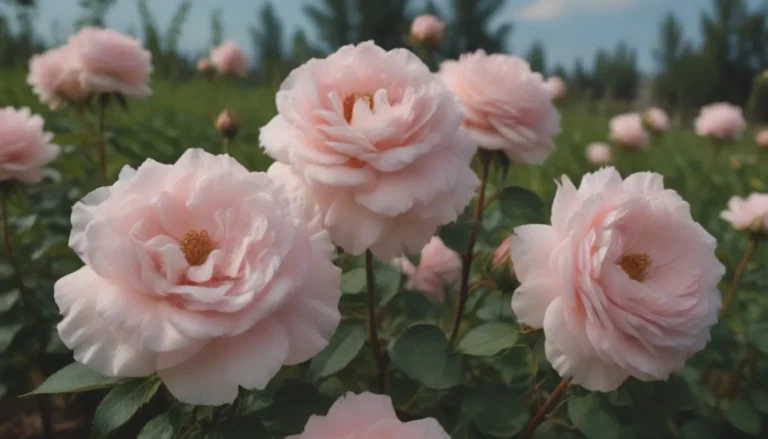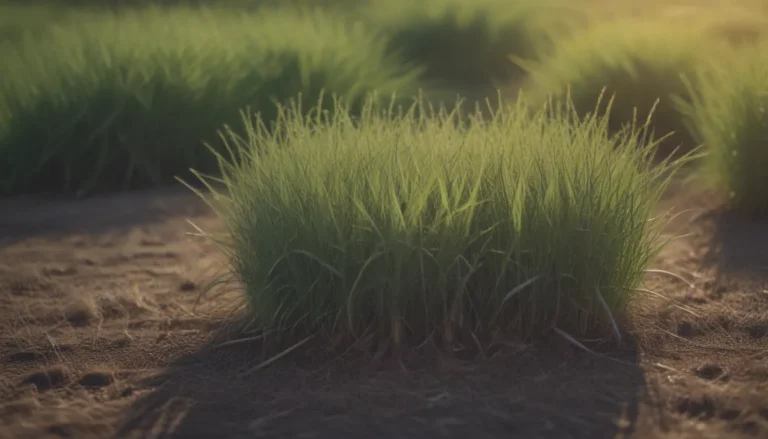Mastering the Art of Growing Mango Trees
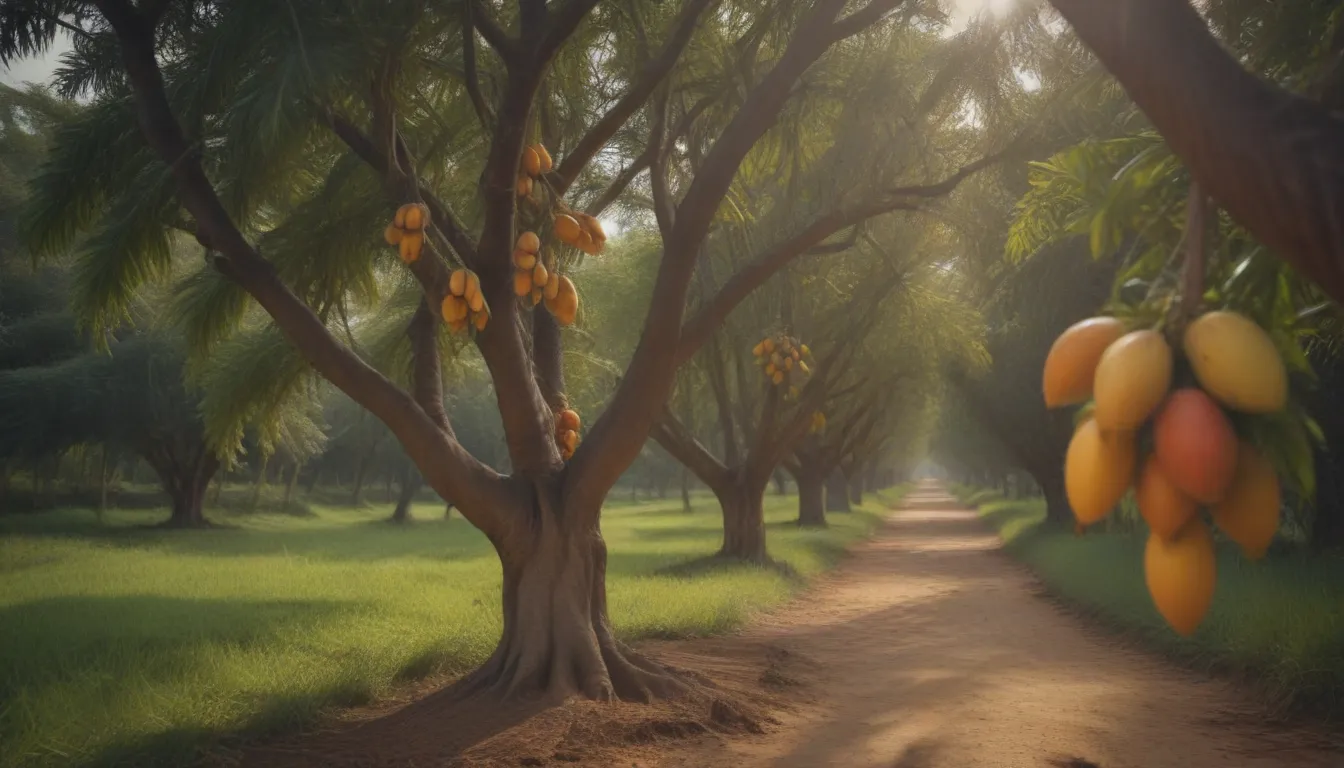
So you’ve decided to take on the challenge of growing your own mango tree. Congratulations! Mango trees can be a beautiful addition to your garden or even your home if you opt for a smaller variety suitable for containers. Whether you’re a seasoned gardener looking to expand your fruit tree collection or a beginner eager to try your hand at growing something new, this comprehensive guide will walk you through everything you need to know about nurturing mango trees from planting to harvesting.
The Fascinating World of Mango Trees
Mango trees, scientifically known as Mangifera indica, are not only rewarding to grow but also fascinating to observe as they transform from lush green canopies to bountiful fruit-bearers. These trees are native to tropical and subtropical regions, making them thrive in climates free from the threat of frost. In the United States, mango trees find their homes in states like California, Florida, Hawaii, and Puerto Rico, where they can truly flourish.
Notable Characteristics of Mango Trees:
- Form a dense canopy of oblong green leaves.
- Produce delicate white flowers from December through March.
- Bear fruit three to five months after flowering.
Before diving into the nitty-gritty details of mango tree care, let’s start with the first crucial step: planting your mango tree.
Planting Your Mango Tree
When to Plant:
The ideal time to plant a mango tree is in the spring, ensuring the weather is mild and free from any frost.
Selecting a Planting Site:
- Choose a sunny spot with well-draining soil.
- Consider the tree’s mature size and proximity to other plants and structures.
- Container growth is suitable for smaller mango tree varieties.
Spacing, Depth, and Support:
- Follow spacing recommendations based on the mango variety.
- Plant saplings at the same depth they were growing.
- Provide support for young saplings, especially in windy areas.
Providing Care for Your Mango Tree
Light:
- Ensure your mango tree receives at least eight hours of direct sunlight daily.
- Lack of light can impact flower and fruit production.
- Indoor trees benefit from frequent outdoor exposure for optimal sunlight.
Soil:
- Mango trees thrive in sandy, well-draining soil.
- The pH level should range from slightly acidic to slightly alkaline (5.5 to 7.5).
Water:
- Water when the top layer of soil dries out.
- Avoid letting the tree sit in soggy soil to prevent root rot.
Temperature and Humidity:
- Maintain humidity above 50% for optimal growth.
- Protect the tree from freezing temperatures and cold drafts.
- Mist indoor trees daily in dry conditions.
Fertilizer:
- Mango trees require minimal fertilization, especially in rich soil.
- Use a slow-release balanced fertilizer for poor soil conditions as needed.
Pollination:
- Mango trees rely on bees, ants, flies, and other pollinators for fruit production.
Types of Mango Trees
When it comes to mango tree varieties, it’s essential to choose the right one for your needs. While growing a tree from seed can be exciting, keep in mind that the fruit may not be true to the parent plant. For guaranteed fruit production, consider purchasing a grafted mango variety.
Notable Mango Tree Varieties Include:
– ‘Pickering’
– ‘Ice Cream’
– ‘Cogshall’
Harvesting and Enjoying Your Mangoes
Harvesting Mangoes:
- Patience is key, as mango trees can take several years to bear fruit.
- Ripe mangoes typically take three to five months to mature.
- Harvest fruit gently and check for ripeness by scent and color.
Caring for Mangoes:
- Enjoy mangoes raw or incorporate them into various recipes.
- Store ripe fruit in the refrigerator and consume within a week.
- Unripe fruit can ripen in a paper bag at room temperature.
Growing Mango Trees in Pots
For those with limited garden space or a preference for container gardening, dwarf mango trees offer a compact yet fruitful solution. Follow these steps to successfully grow a mango tree in a pot:
Potting and Repotting:
- Use a well-draining potting mix suitable for citrus plants or palms.
- Repot as needed to prevent roots from becoming bound.
Overwintering:
- Bring potted mango trees indoors before temperatures drop below 50 degrees Fahrenheit.
- Provide adequate light and protect the tree from drafts during the winter months.
Pruning and Propagating Your Mango Tree
Pruning:
- Regular pruning helps maintain tree size and fruit production.
- Remove dead or damaged branches and thin the canopy for optimal growth.
Propagating:
- Mango trees can be grown from seeds, grafted nursery trees, or cuttings.
- Consider propagating in the summer for best results.
Growing Mango Trees From Seed:
- Germinate mango seeds by removing the outer husk and planting them in a seed-starting mix.
- Monitor temperature and moisture levels for successful sprouting.
Dealing With Pests and Diseases
Common Pests:
- Watch out for pests like mealybugs, aphids, and mites.
- Treat infestations promptly to prevent damage to your mango tree.
Plant Diseases:
- Anthracnose, a fungal disease, can affect mango trees in humid conditions.
- Use preventive measures and copper-based fungicides as needed.
In conclusion, growing mango trees can be a rewarding experience when approached with care and attention to detail. Whether you’re cultivating a tree in your garden or nurturing a dwarf mango in a container, understanding the needs of your mango tree is essential for successful growth and fruit production. Remember to provide ample sunlight, well-draining soil, and regular care to ensure your mango tree thrives and bears delicious fruit for years to come.
So, what are you waiting for? Get out there and start growing your very own mango tree today!
